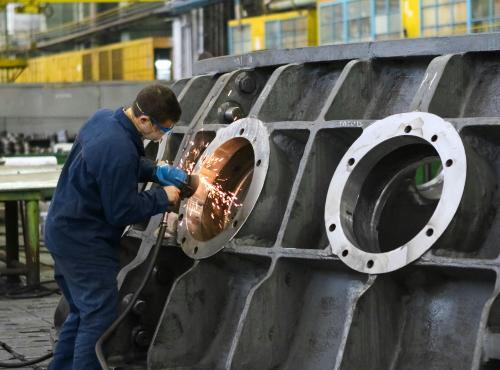Achieving net zero: sustainable construction
The construction sector employs around 2.4 million people in the UK and contributed £117 billion to the economy in 2018 (6% of the total).1 In 2017, new housing accounted for 35% of all construction orders, while 25% were commercial and 19% were infrastructure.
The construction sector includes construction of residential and non-residential buildings, civil engineering projects, and specialist construction activities such as plumbing and electrical installation. Architectural and project management services are not included under construction in the current Standard Industrial Classification.
This roundtable will discuss the fact that to meet the UK’s net zero target, the building stock needs to be completely decarbonised by 2050. In 2014 the combined embodied and operational carbon footprint of the built environment was 185 MtCO2e, around 22% of the UK’s total carbon emissions. Of this total, 48 MtCO2e came from embodied emissions in new construction and 138 MtCO2e from operational energy uses (e.g. heating and lighting). In the lifecycle of a typical new-build house in the UK, around 22% of its emissions are from embodied sources and around 77% from operational use.
Chair:
John Cryer MP
Speaker:
Prof David Coley, University of Bath




